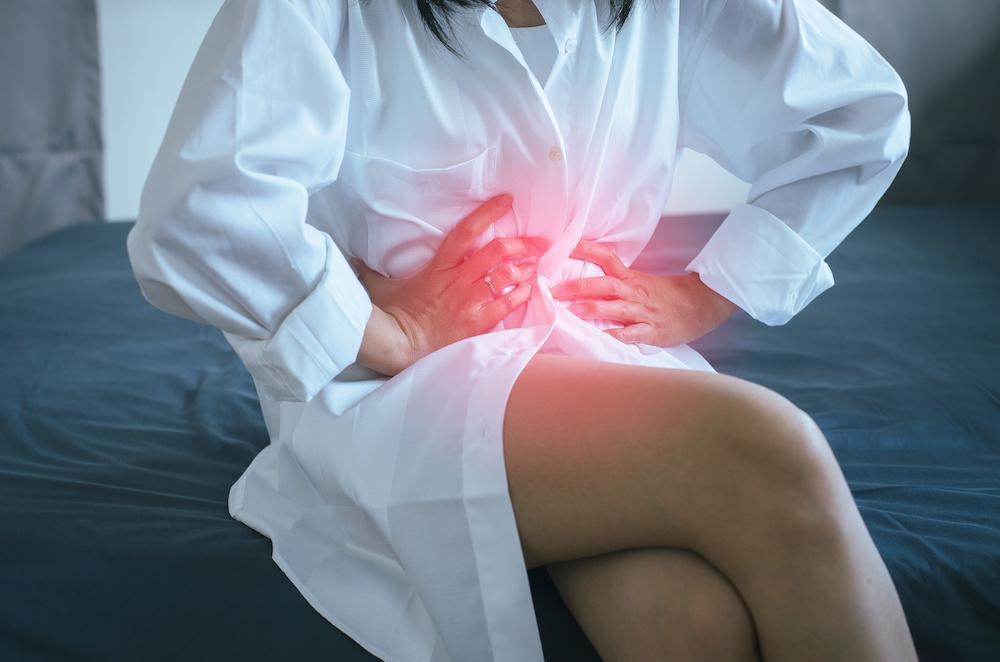
5 Causes of Pelvic Pain

Most women are no strangers to temporary pelvic pain, thanks to monthly menstrual cramps. But some women experience pain a lot more frequently and for a lot longer. In fact, the National Institutes of Health reports that about 15% of American women have chronic pelvic pain that lasts for six months or longer.
At his practice in Newburgh, Indiana, which serves the surrounding Evansville area, Paul W. Morrison, M.D., uses advanced techniques to identify the causes of pelvic pain. He then provides custom treatment plans to help his patients find relief. If you have pelvic pain, here are five problems that could be causing it.
1. Uterine fibroids
Fibroids are noncancerous growths (or tumors) that form during a woman’s childbearing years. Researchers don’t know what causes fibroids to develop, but they do know they tend to be more common among women who:
- Have a family history of uterine fibroids
- Are obese
- Began menstruating at a very early age
- Have a vitamin D deficiency
- Eat a lot of red meat
Fibroids can range in size from smaller than a grape seed to as large as a melon. In addition to causing pain and other symptoms, such as heavy periods, larger fibroids may also cause problems with pregnancy, including increasing the risk of miscarriage.
2. Ovarian cysts
Ovarian cysts are fluid-filled pockets or sacs that form on or inside an ovary. These cysts are very common, and most women will have at least one cyst during her lifetime. In most cases, these cysts cause no symptoms and wind up resolving on their own within a few months.
Sometimes, though, a larger cyst does cause symptoms — most notably pain in the pelvic area. Larger cysts can rupture and cause serious complications. Pain is usually focused on one side of the pelvis, near the affected ovary.
3. Endometriosis
Endometriosis is a relatively common cause of pelvic pain, affecting about 10% of women. With this condition, the tissue that normally lines the uterus — called endometrial tissue — begins to grow in other areas, such as the outer wall of the uterus or on the ovaries. These growths are called implants.
Endometriosis can cause pain at any time, but it tends to be more severe during menstruation. Sometimes, implants can begin to break down, and the tissue fragments can become trapped in the pelvic area. Endometriosis can also cause painful adhesions as well as fertility problems.
4. Pelvic inflammatory disease
Also called PID, pelvic inflammatory disease is a painful infection that spreads through the pelvic organs and tissues. Pelvic inflammatory disease is commonly caused by an untreated sexually transmitted disease, but other infections can also cause it.
In addition to pelvic pain, PID can cause bleeding between periods, vaginal discharge, and pain during intercourse. Many women who have PID also have trouble getting pregnant.
5. Vulvodynia
Vulvodynia causes chronic pain or aching in or around the vulva, the tissues that surround the vagina. In addition to pain, you might have sensations of itching, burning, or irritation. Although the cause is unknown, researchers think it might be a combination of factors, including genetics, hormones, and inflammation.
Sometimes, vulvodynia is found alongside other painful issues, such as irritable bowel syndrome or fibromyalgia. Because vulvodynia can have a negative impact on your overall wellness and comfort, it’s not uncommon to experience anxiety or depression as well.
Getting a diagnosis is the first step
These are just a few of the issues that can cause pelvic pain. No matter what the underlying cause is, the key to finding much-needed relief is to schedule an examination and evaluation as soon as possible.
Dr. Morrison is skilled in treating the underlying causes of pelvic pain. If you’re having pelvic pain, book an appointment online or over the phone with the practice of Paul W. Morrison, M.D. today.
You Might Also Enjoy...


How to Protect Your Pelvic Floor During Pregnancy for a Smoother Recovery

Why Do I Still Have Morning Sickness in My 3rd Trimester?

What Are the Symptoms of an Ectopic Pregnancy and What Happens If I Have One?

What Is Gestational Diabetes and Who Is at Risk


